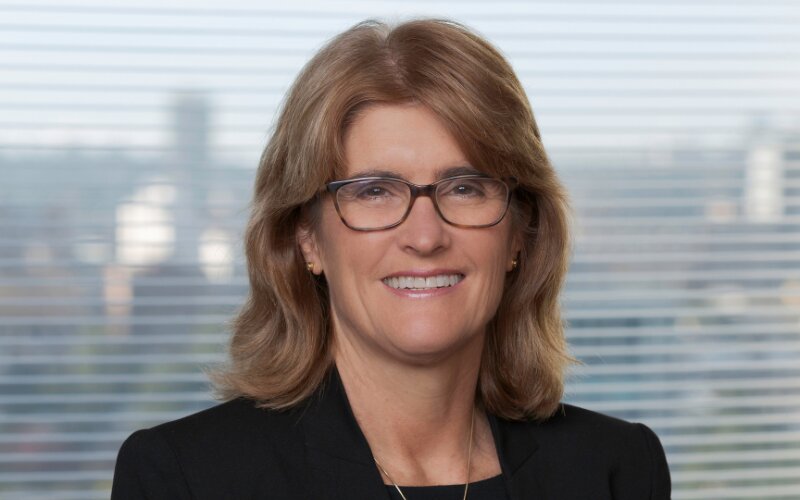Last month's hold was unsurprising, given the Reserve Bank (RBA) had arguably the most tumultuous month in its history in March.
March saw an emergency second rate cut taking the cash rate to a record low 0.25%, as well as the implementation of a quantitative easing program, both for the first time ever.
So after a total of 125 basis points in cuts since June 2019, will we see another cut or even a raise?
A cut can almost certainly be ruled out, given the RBA has stated the cash rate has reached its floor and ruled out negative interest rates.
"Members also agreed that the cash rate was now at its effective lower bound," the RBA said in its emergency March meeting minutes.
"Members had no appetite for negative interest rates in Australia."
A hike in rates also seems unlikely, given RBA Governor Philip Lowe's warning the first half of 2020 would see the biggest contraction in national output and income since the 1930s.
"National output is likely to fall by around 10% over the first half of 2020, with most of this decline taking place in the June quarter," Dr Lowe said.
"Total hours worked in Australia are likely to decline by around 20% over the first half of this year."
"The unemployment rate is likely to be around 10% by June, although I am hopeful that it might be lower than this if businesses are able to retain their employees on lower hours."
Westpac, NAB predict a hold
Westpac economist Bill Evans said he expected the cash rate to hold at 0.25% for at least three years.
"We expect that the overnight cash rate is unlikely to be lifted before December 2023," Mr Evans said.
"However...that does not necessarily mean that the Bank will not adjust the bond yield target over this period."
NAB economist Rodrigo Catril also said no surprises were expected from the RBA today.
"Having already reduced the cash rate to its self-imposed floor of 0.25% and started bond purchases (QE) with a 3-year yield target, the bank has time to assess economic and financial developments amid the pandemic," Mr Catril said.
Although the general consensus amongst economists is a hold in the cash rate, some recent economic data may give the RBA reason to consider a hike.
Australian Bureau of Statistics (ABS) figures released last week showed a 0.3% rise in inflation, taking annual inflation to 2.2% for the March quarter.
It was the largest annual rise since 2014, taking annual inflation above 2% for the first time since 2018 and into the RBA's desired 2-3% band for inflation.
Meanwhile, unemployment marginally increased in March to 5.2% from 5.1% in February, a far better result than the market prediction of a 0.3% rise.
However, the data didn't show the full fallout from COVID-19, and Dr Lowe said the RBA expects the unemployment rate to hold above 6% for a couple of years.

Ready, Set, Buy!
Learn everything you need to know about buying property – from choosing the right property and home loan, to the purchasing process, tips to save money and more!
With bonus Q&A sheet and Crossword!



 Bea Garcia
Bea Garcia
 Denise Raward
Denise Raward
 Harry O'Sullivan
Harry O'Sullivan
 Hanan Dervisevic
Hanan Dervisevic


